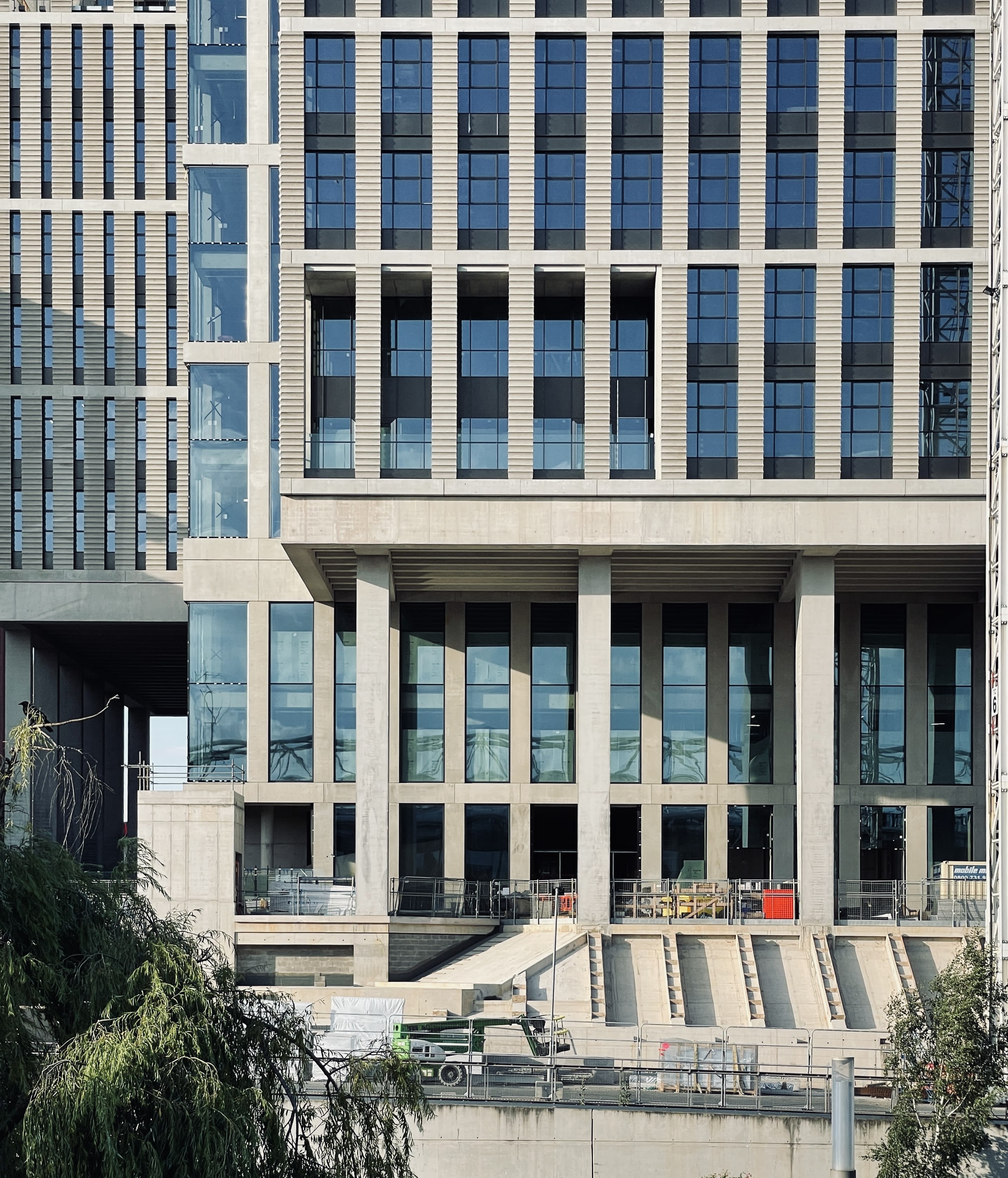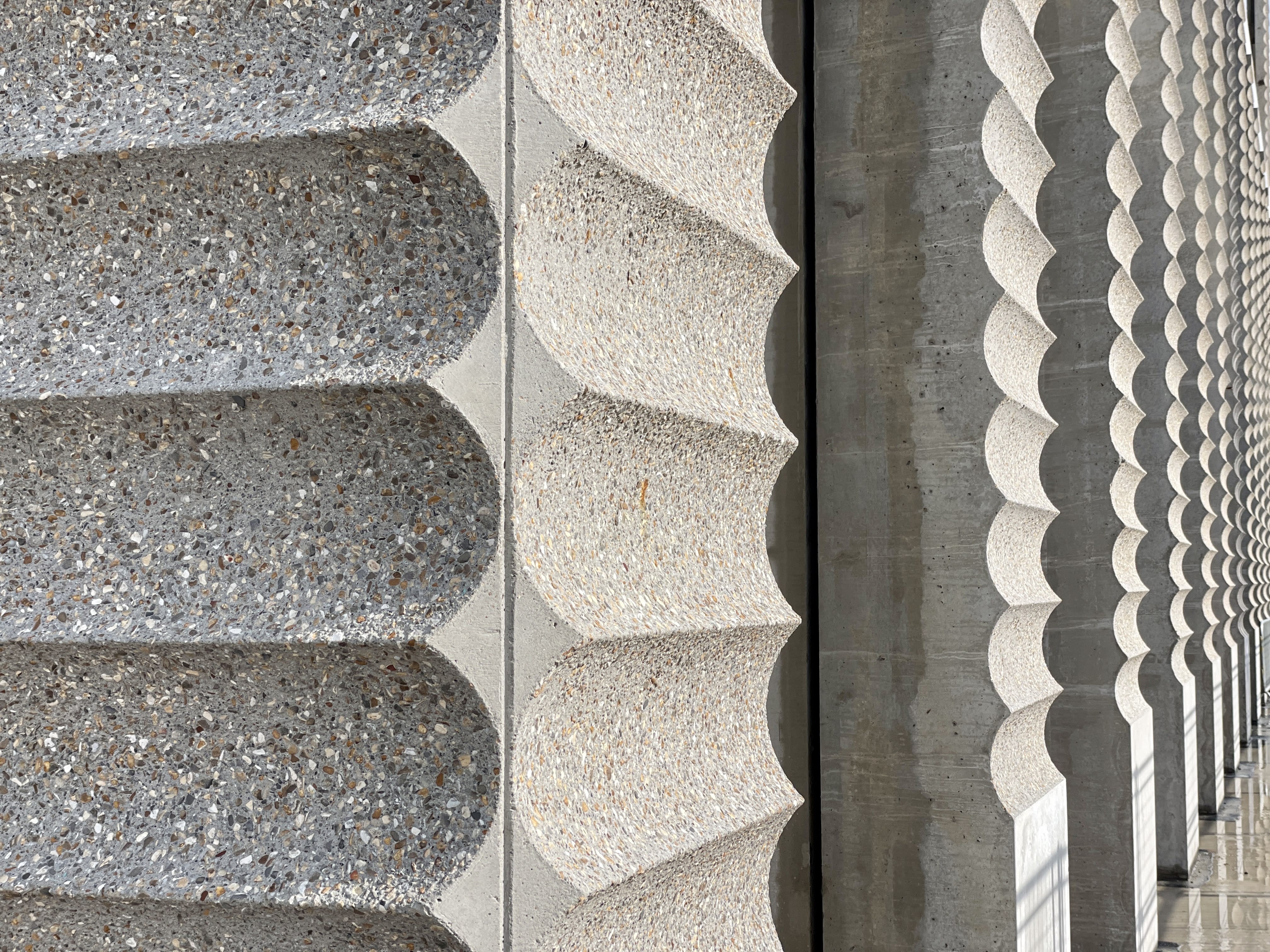LCF’s move
See inside LCF's new East Bank campus
London College of Fashion is moving to a new campus on the Queen Elizabeth Olympic Park, as part of a new development for London known as East Bank, the UK’s newest cultural quarter for innovation, creativity and learning at the heart of Queen Elizabeth Olympic Park in Stratford, east London. East Bank is a unique collaboration that is bringing the arts, learning and creativity together in one place for the local community and everyone who visits, lives and works in east London.
We’ll be creating this campus alongside new sites for other world leading organisations including Sadler’s Wells, V&A and BBC as well as Loughborough University and UCL. We want to increase opportunities for collaboration and to build a different community focused on fashion but with lots of influences from our new neighbours and from the local area.
The move is more than just a building, and we are working already with local, national and international partners to bring benefits to our current students, staff and alumni, focusing on four major priorities:
- Delivering excellent fashion education for all who choose it.
- Encouraging enterprise and incubation to support our students, alumni and the wider fashion economy.
- Driving impactful research to effect change and innovation.
- Building better lives, for a sustainable and socially conscious future.
We’re not saying goodbye to our historic roots, with our Lime Grove campus developing into a centre of excellence to house all our UAL pre-degree courses building a vibrant community in west London. Find out more by visiting our pre-degree courses page.
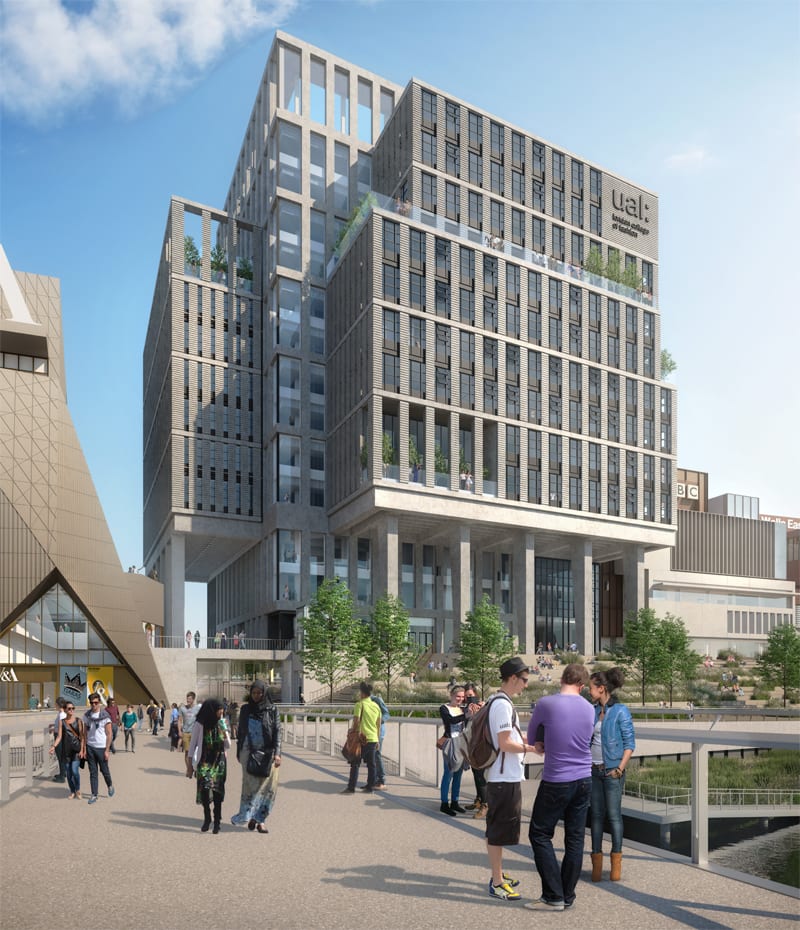
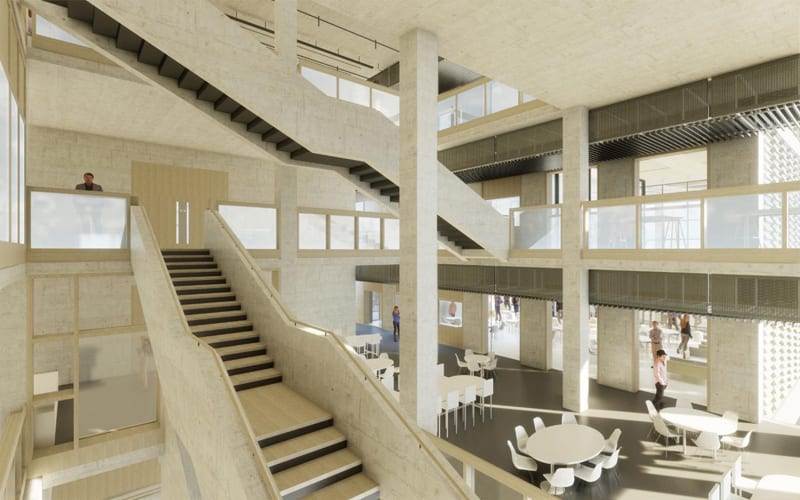
Our new building is being designed by architects Allies and Morrison to become a 21st century workshop, its design is inspired by the 19th century mill buildings common to many industrial cities. It will be day-lit and naturally ventilated, with factory-like steel-framed windows, internal atria for flexible learning, and lots of green spaces.
London College of Fashion alongside its new neighbours in East Bank officially 'breaking ground'
East Bank is a new powerhouse of culture, education and innovation opening at Queen Elizabeth Olympic Park from 2022.
East Bank at Queen Elizabeth Olympic Park will begin to open from UCL's new building in Autumn 2022. But the East Bank partners are already working in the local east London communities – find out more about some of the events and programmes already underway.
London College of Fashion's Executive Lead for Stratford Transition, Gavin Jenkins talks about LCF, UAL's new building on the Queen Elizabeth Olympic Park, as part of a new development for London known as East Bank.
Get up close to LCF's new building in the latest drone footage and see how our partner buildings are also starting to take shape on East Bank.
Aerial footage across Queen Elizabeth Olympic Park, filmed in September 2021.
Set against the stunning backdrop of the rising East Bank buildings on the Queen Elizabeth Olympic Park, watch the pop-up performance 'Dystopia to Utopia: Reimagining Our Future'.
Follow our guide who walks you through the route from Stratford tube station, through Westfields, onto the Park, and to our East Bank campus entrance.
Love Letters to LCF: Historypin map
‘Love Letters to LCF’, a multi-site exhibition and programme presented by LCF Archives in collaboration with MA Fashion Curation students will celebrate the (hi)stories of our sites and their surroundings, as well as the studies, styles, and experiences of our students and staff.
We’ve created Historypin maps that mark the spot of each of our existing six sites, and we’re inviting students and staff to contribute by placing pins to mark spaces at the sites that matter to them. We hope this project will be a beautiful way to honour the last 100 years and send a message and declaration of what we hope the next 100 years will bring in our new home on East Bank.
If you have any questions, or you would like to contribute or make a suggestion in another way, please email archives@fashion.arts.ac.uk.
1963
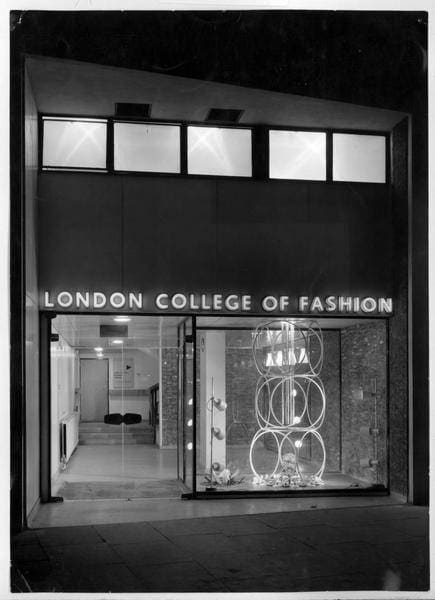
2023

See the latest building pictures
-
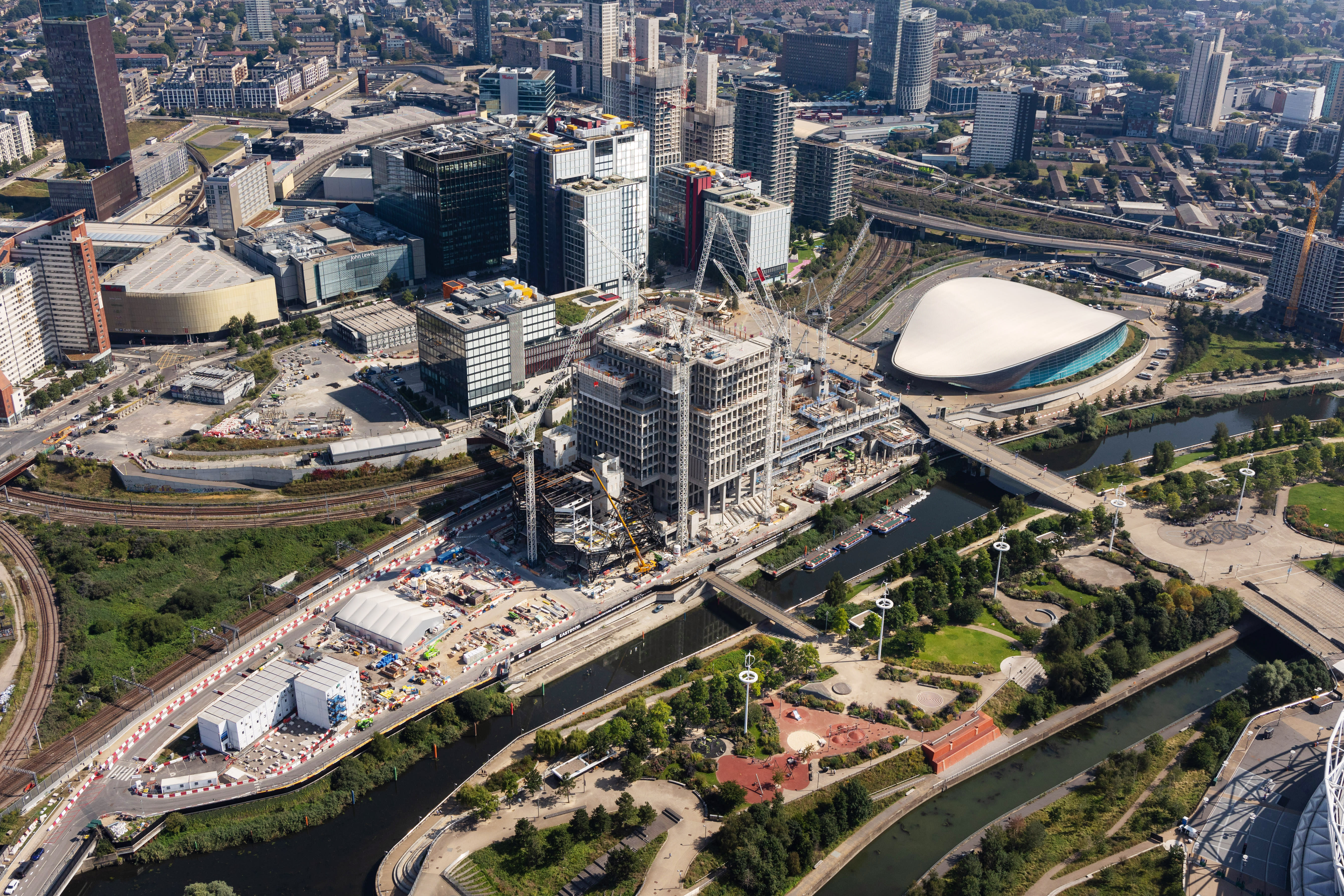
Close-up aerial view of East Bank, Queen Elizabeth Olympic Park, October 2021. Photography by London Legacy Development Corporation
-
Front view of LCF's new building on East Bank, Queen Elizabeth Olympic Park, October 2022. Photography by Allies and Morrison.
-
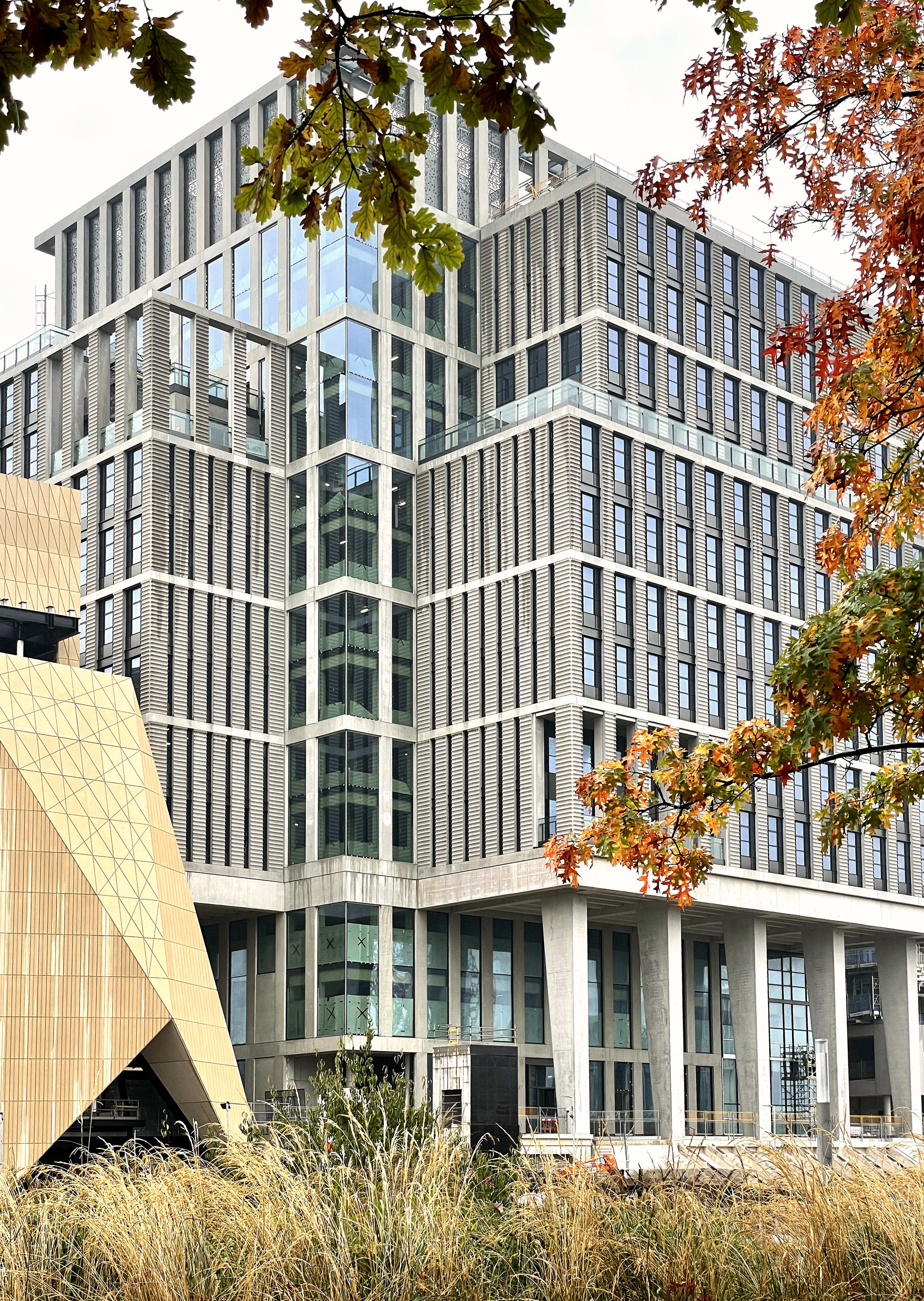
Front view of LCF's new building on East Bank, Queen Elizabeth Olympic Park, October 2022. Photography by Allies and Morrison.
-
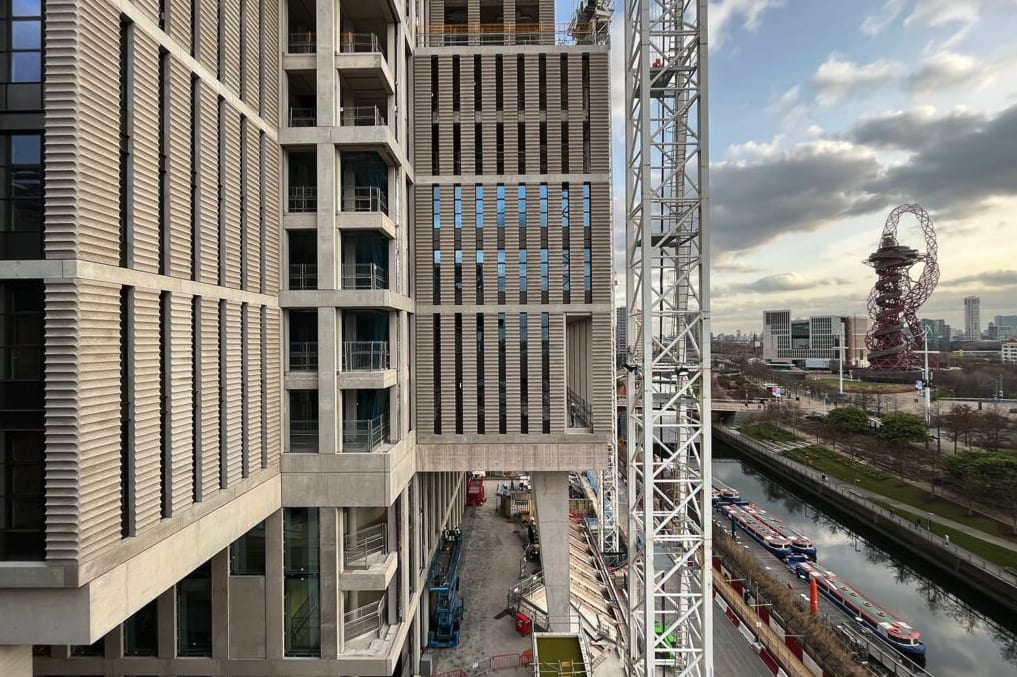
View of LCF's new building on East Bank, Queen Elizabeth Olympic Park, Stratford. Image: Robert Jones. www.burohappold.com.
-
Close-up of scalloped cladding on LCF's new building. Photography by Allies and Morrison.
Projects
Find out more about what we are working on now to deliver benefits to students, alumni, industry and the community in the area.
LCF's move in Stories
-
Close-up of scalloped cladding on LCF's new building. Photography by Allies and Morrison. Laying strong foundations: how Allies & Morrison designed LCF East Bank
LCF's Newsroom Content Creator Mimi Francis-Mearns interviews Allies & Morrison, the architects who designed LCF's new East Bank campus.
-
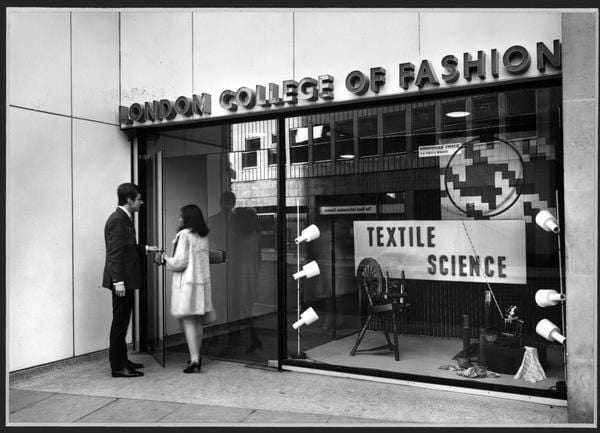
London College of Fashion, Oxford Circus: main entrance, John Princes Street, c.1963. Love Letters: a final look at the rich history of our buildings
‘Love Letters to the Buildings’ delves into the rich history of our cherished buildings. Through extensive research in the LCF Archives and Library, as well as the exploration of special collections, films, and oral testimonies, we embark on a
-
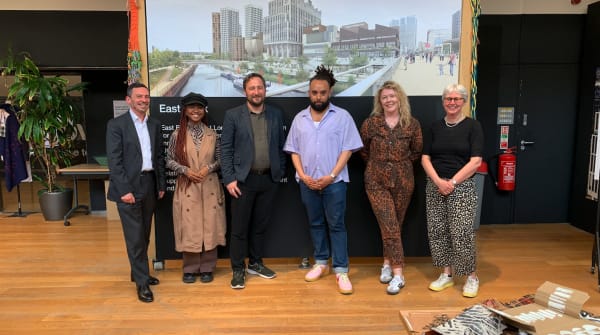
Left to right; Mark Camley, Executive Director for Park, Operations and Venues at London Legacy Development Corporation, Ti’Onne Debnam, Student Union Officer, Andrew Teverson, Pro Vice-Chancellor and Head of College, Rob Jones, Associate Artistic Our Future in Stratford: Everything you need to know about East Bank
LCF's Content Creator, Mimi Francis-Mearns, shares insights from a recent panel discussion with our soon-to-be East Bank neighbours on everything you need to know about East Bank.
-
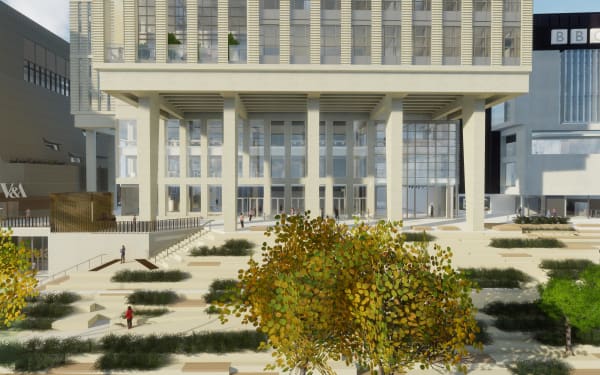
CGI render view of Stratford Waterfront and the front entrance of LCF’s East Bank campus. Allies and Morrison. Hangout and socialising areas at East Bank
LCF's new East Bank campus provides a variety of closed and open learning spaces for learning, teaching, studying, socialising, and relaxing.


